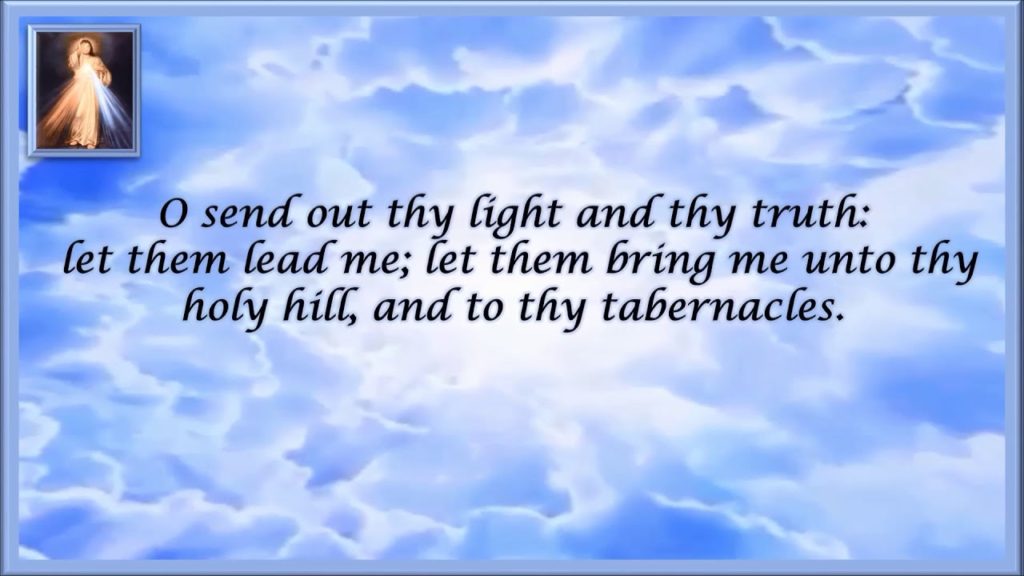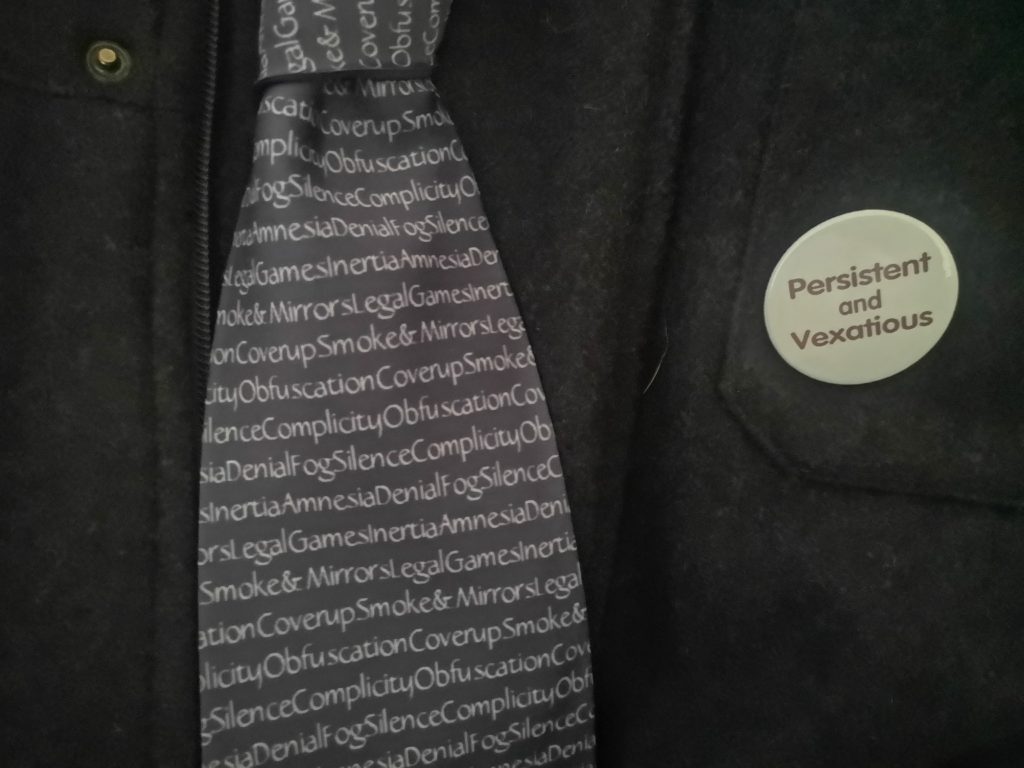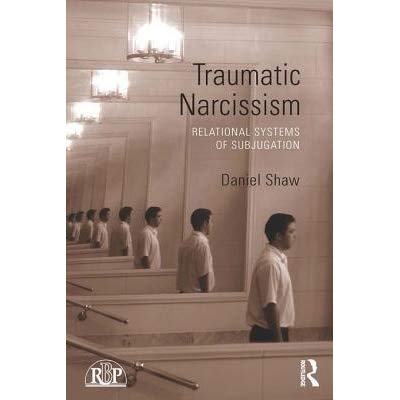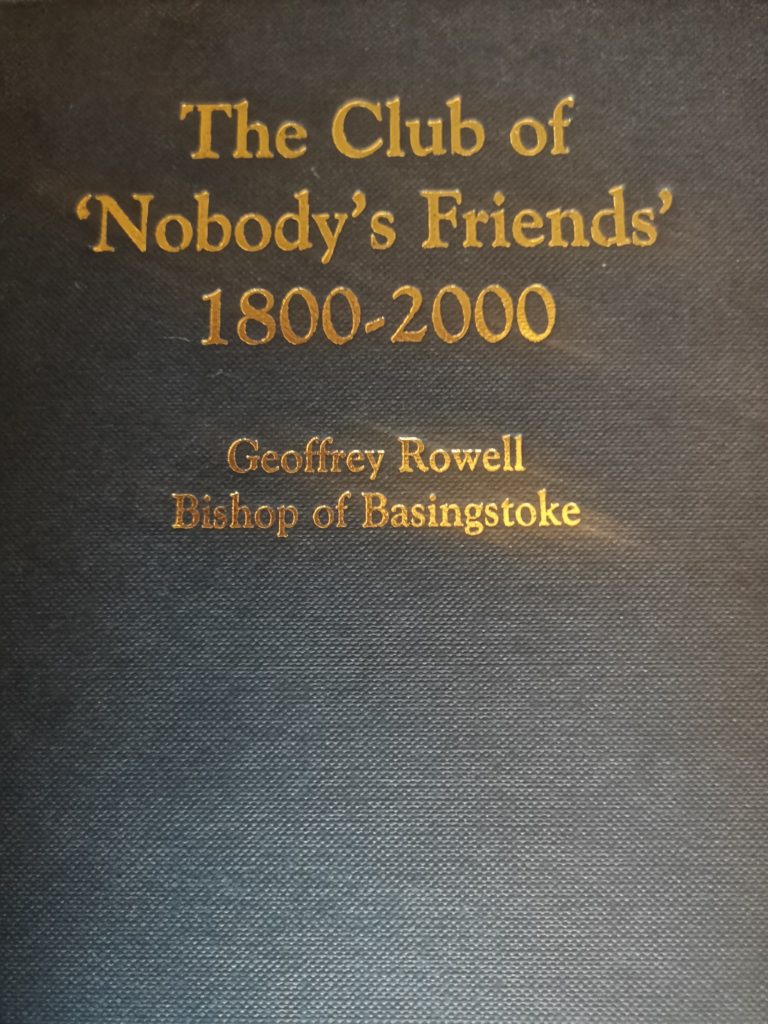
At Amritsar, Justin Welby prostrated himself in apology for the massacre a century ago. Why did he refuse a simple verbal apology to Matthew Ineson when invited to do so by counsel at IICSA? The Church of England had no responsibility for Amritsar, and the Queen made apology there years ago. But Matthew Ineson was raped by an Anglican priest and the Church’s handling of his case has been ‘shabby and shambolic’, as the Archbishop of York admitted at the same hearing. Matthew has not had an apology from anyone in the Church. Why does the Archbishop of Canterbury feel able to apologise for events over which he has no responsibility, but refuse to apologise for events which are part of his remit?
I have long been baffled that our bishops and archbishops continue their mismanagement of the abuse crisis facing the Church. All bishops are intelligent and highly educated; most of them are good, well-intentioned people. Why are they still colluding with a system which is known to be failing victims? Long ago it became clear that the tactics employed by the Church and its insurer are costing them dear in terms of reputation and trust, and are contrary to the gospel they claim to serve.
The archbishops refused to allow General Synod to discuss the Blackburn Letter; a refusal they ought to have known would inflame the situation. A number of bishops have mishandled abuse cases and got away with it. The Archbishop of Canterbury has denied that a prominent abuser was Anglican, though he knew the man, a lay reader. The Eliot Review was consistently trashed, and there was no apology to Ian Eliot when the review’s accuracy was proven. Bishops who are dead or retired (or about to retire) are ‘thrown under a bus’, while favoured bishops who have ignored disclosures of abuse are let off. How much is incompetence, and how much is corruption? It’s not easy to tell. But it’s long been obvious that these tactics are only making matters worse, and could even destroy the Church.
One reason for this strange obtuseness may be the uniformity of the House of Bishops. Until recently there were no women, and they are still heavily outnumbered. Ethnic minority bishops are also scarce, as are those from working class backgrounds. There are few, if any, theologians or academics, and pastors are in very short supply. The emphasis is on managers. There is nothing wrong with managers, of course, and we need them among our bishops, but it’s unhealthy for any decision-making group to so lack diversity.
According to Matthew Syed, writing in the The Times on 2 September, ‘Homogenous groups don’t just underperform, they do so in predictable ways. When you are surrounded by similar people you are not just likely to share each other’s blind spots, but to reinforce them.’ In his new book, Rebel Ideas: The Power of Diverse Thinking, he develops this theme. He cites research showing that diverse groups perform better than groups made up of friends. The groups of cronies were more confident their decisions were right, but in fact were more often wrong. Syed also quotes Anthony Crewe and Ivor King, writing on the poll tax fiasco:
‘More than two decades later the whole episode still evokes wonder and astonishment…Its perpetrators walked into clearly visible traps with their eyes open, but they saw nothing. They blundered on, impervious to warnings. In the end their failure was abject and total.’
Those who devised the poll tax came from privileged backgrounds. When it was pointed out that people would struggle to pay the tax Nicholas Ridley, who was responsible for implementing it, replied: ‘Well, they could always sell a picture.’
Ridley’s equivalent in the House of Bishops is the prelate who, when faced with complaints from abuse victims, protested that he knew hundreds of ‘happy survivors’.
There are a few outliers among the diocesan bishops, but their effectiveness in mitigating the bishops’ collective blindness is limited by their small numbers. We are social creatures, and the pressure to conform to the norms of those around us is enormous. It’s easy, too for the majority to ignore the lone voice expressing a different point of view – as those of us who were among the first women to be ordained know all too well. The collegiality of the House of Bishops is another factor. The stultifying effect of collegiality was seen when 19 retired bishops criticised their successors’ document Marriage and Same Sex Relationships (https://www.churchtimes.co.uk/articles/2017/17-february/news/uk/retired-bishops-take-their-successors-to-task-over-sexuality-report). Now they were retired, they said, they could express their views in a way they’d been unable to do before.
I see this human tendency to conform, to take the easy way, to want to be in the ‘inner ring’, as part of the world’s ‘slavery to corruption (or decay)’ which St. Paul talks about in Romans 8. We, the children of God, are meant to be free from this slavery to corruption – but our freedom is usually only partial. We must work at it, and that work begins with identifying where we are still enslaved by a worldly point of view.
So how could our bishops and archbishops be more free of the slavery of corruption? By the time they become bishops they will have absorbed a lot of secular management theory, and identified themselves with the existing goals of a very establishment-oriented institution. I suggest, therefore, that they appoint a group of observers to the House of Bishops. These observers could speak but not vote; they could have a similar role to that of Fool in a medieval king’s court. Each would serve a term of no more than three to years, to avoid their ‘going native’. I’d suggest the Bishops’ Fools should include: a couple of parish treasurers (preferably form poor churches); several people of colour; a handful of survivors of church abuse; a few people on benefits; two or three partnered LGBTI people; a few theologians; and a non-churchgoer or two. Readers will be able to suggest others who should be included. Their function will be to tell the bishops, bluntly, what they think of the prelates’ attitudes, plans, and decisions. The bishops won’t do this of course – but if they did, it might help counter the rot which has set in.








